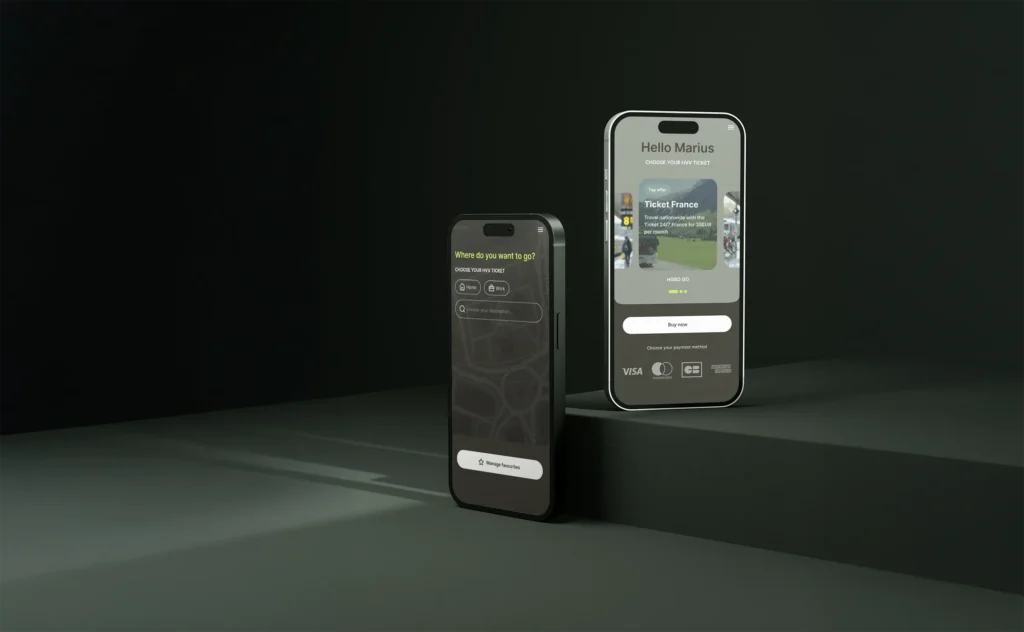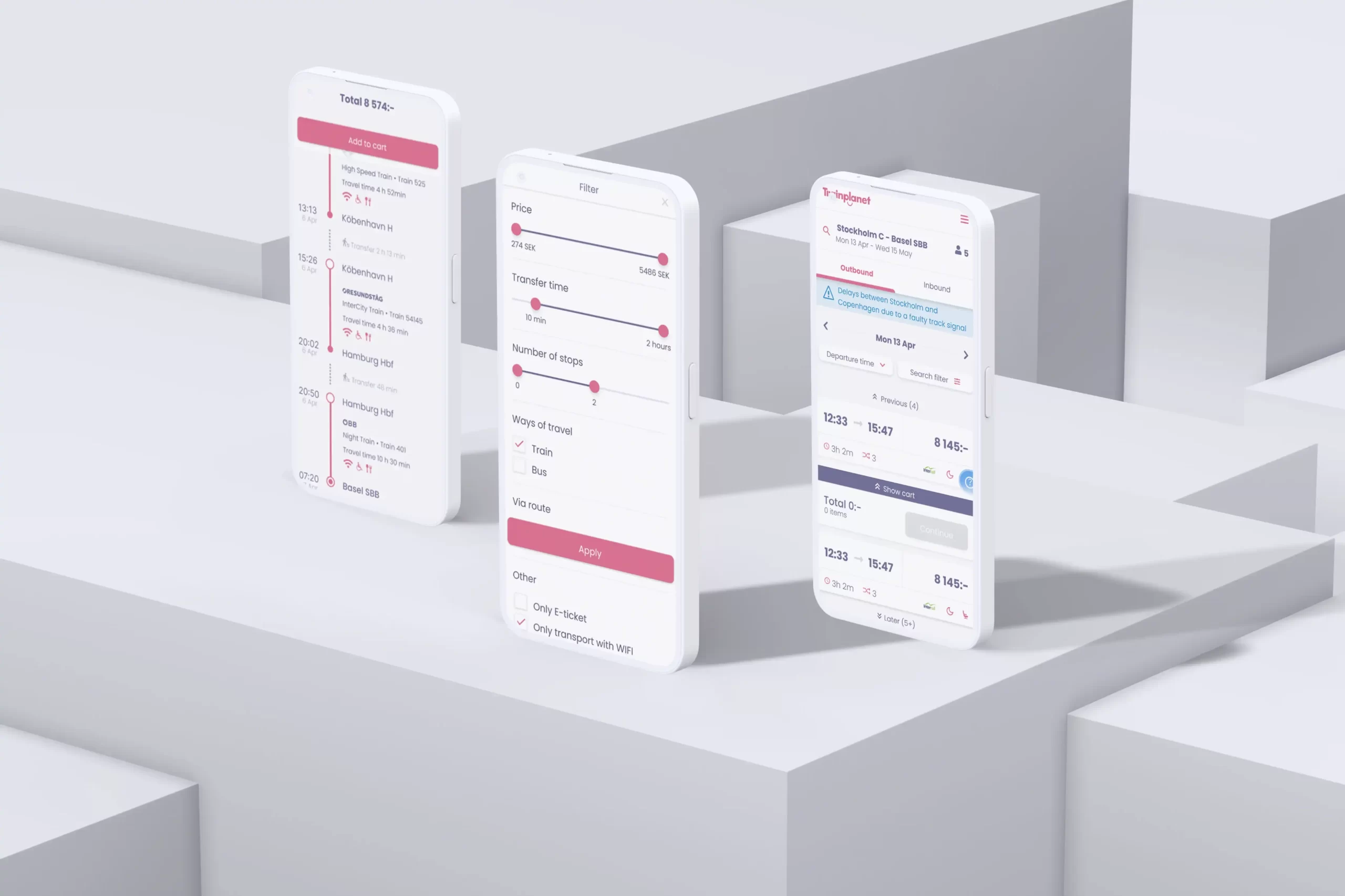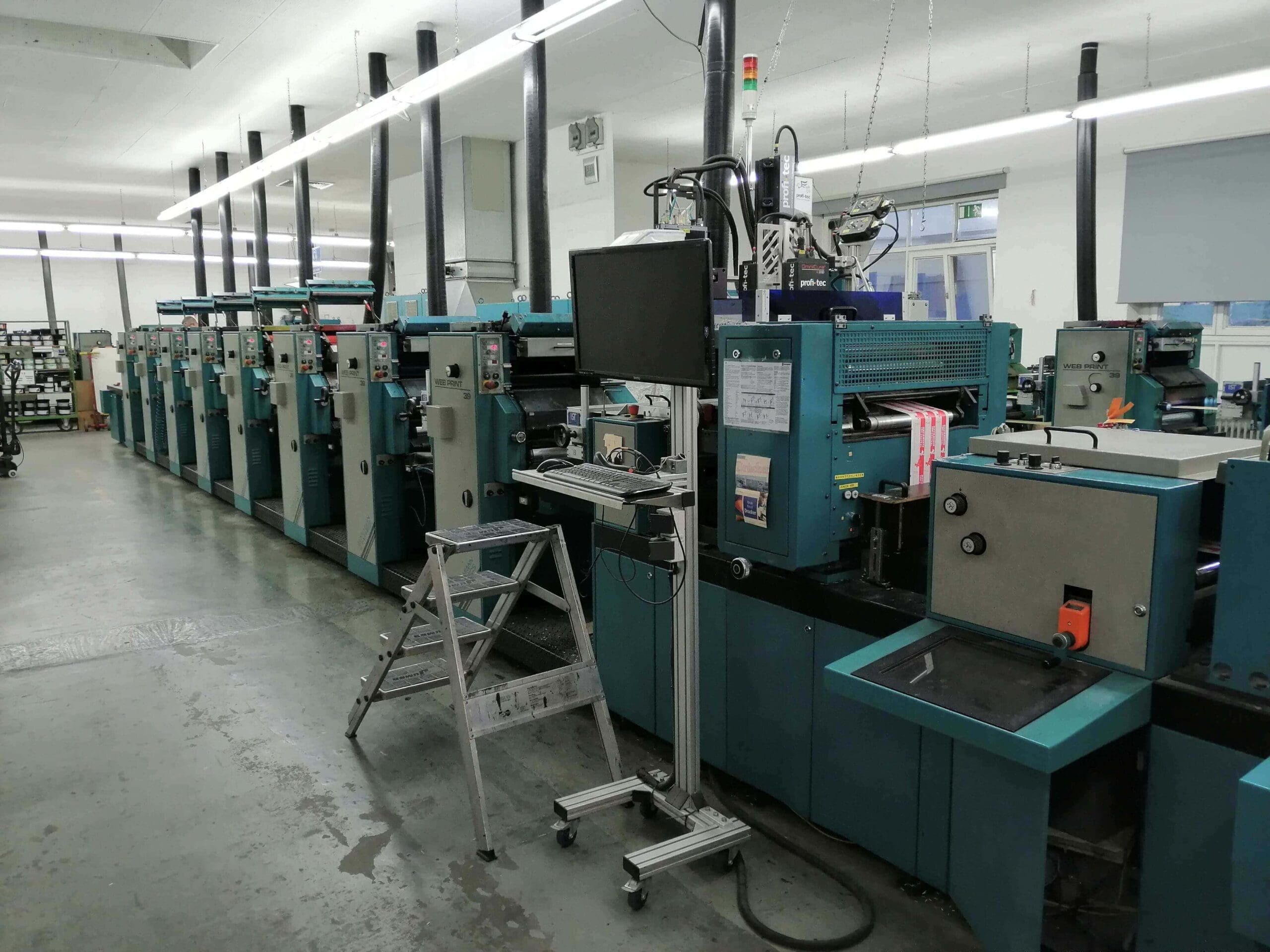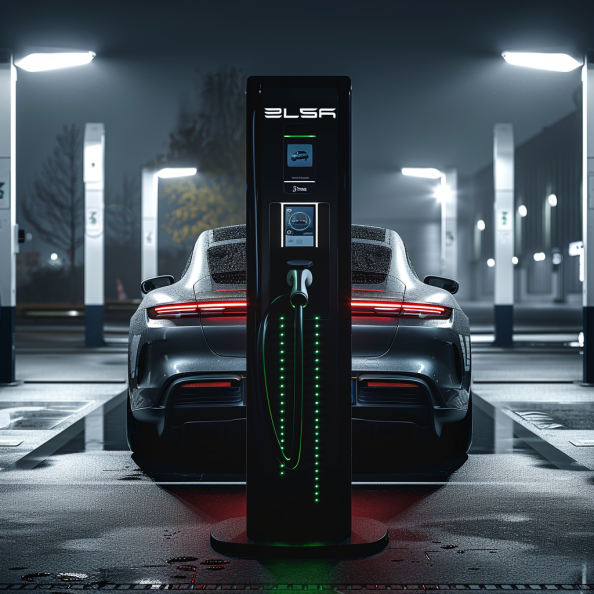Home / Case studies / Optimizing Public Transport with an Automated Payment System
Optimizing Public Transport with an Automated Ticketing System

01.
Making public transport easier with automatic ticketing
Public transport in large cities helps millions of people. Our client sees around 2.7 million passengers every day. And with over 298 bus lines, buying tickets across operators is a challenge. Traditional methods need passengers to buy tickets in advance and select fare zones.
To improve this, we worked with a provider to develop an iOS SDK that automates journey tracking. The SDK records travel data using GPS and Bluetooth beacons. This means that fare calculations are based on actual trips. Passengers check in once through the app, and their travel is logged automatically.
This removes the need to buy tickets at certain places. It helps people travel freely, even across different lines.
02.
Helping passengers move freely across the network
In large transport networks, a big challenge for passengers isn’t getting from A to B, it’s understanding how to get there. For a city nearly 750 km², routes can crisscross through many districts. In a single trip, passengers might switch lines & operators to get to their destination.
For passengers in a large European city, travel can feel complex and fragmented. Traditional ticketing systems don’t easily support the freedom to hop on and off. To address this, our client needed help to create a system where passengers can hop between buses. A system where travel is tracked in the background, or users can choose to pay manually if they prefer. The goal was to reduce barriers and make it easier to buy tickets across the transport network.
03.
Implementing an iOS SDK for journey tracking
We worked with our client to develop an iOS SDK that automates the collection of presence data. This means that ticketing systems have the right information to calculate fares correctly.
The SDK handles:
- Automated Check-In and Check-Out: it detects user presence and logs travel without manual input. Users can check out manually, or the SDK can automatically check them out based on system settings.
- Real-Time Data Collection: it uses GPS and Bluetooth beacons from vehicles and stations to track movement.
- Offline Functionality: the system stores journey data when offline and syncs when restored.
- Backend Communication: it sends data at regular intervals to update the ticketing system.
By integrating these features, the SDK ensures accuracy in fare calculation. It also reduces manual processing for both passengers and transit operators.


04.
A reliable transport ticketing solution
Integrating the iOS SDK into the transport system created a more flexible way to travel. Passengers can now move freely across different lines and operators. They can jump on and off buses without worrying about tickets or fare zones. The system can track each journey, so fares are based on actual travel, not guesswork.
This experience reduces friction for users and supports the complexity of large-scale networks. It also helps transport operators manage high volumes of daily journeys.
If you’re looking to improve your ticketing platform with automation, contact us to explore our solutions.
Read more
Digital Transformation for Beckerbillett, One of the Largest Ticket Distributors in Europe
Discover how we built an API-driven ticketing platform with gate access controls for sales, validation, and entry management
Digital Transformation for Beckerbillett, One of the Largest Ticket Distributors in Europe
Discover how we built an API-driven ticketing platform with gate access controls for sales, validation, and entry management
Work with us
Trusted by



